The Flexibility Revolution: How to Embrace Hybrid Work
As we move into 2025 and the work landscape in Australia continues to evolve, hybrid work models are becoming the norm, rather than the exception.
The post-pandemic shift towards flexible working has transformed the expectations of employees. According to our 2024 Employment and Salary Trends Report, 62% of employees want flexible working hours, and over half want flexibility on their working location.
Organisations are increasingly finding themselves in a position where if they don’t offer some form of remote or hybrid model, they may find it harder to attract new talent and to retain the workforce they already have.
Hesitancy to embrace flexibility can also cost, with 37% of employees expecting a 10-20% pay rise to return to the office full time.
As an employer, it can be challenging to balance productivity concerns with employee satisfaction. However, those who embrace these challenges and adapt will position themselves as more desirable employers, especially when it comes to sectors with younger, more mobile workforces.
Here are some tips for employers on how to embrace hybrid work and ensure you are offering the flexibility required to attract and retain good talent.
1. Understand the hybrid model
Hybrid work is not a one-size-fits-all solution. It typically combines remote and in-office work, allowing employees to choose where and how they work best. Employers should take the time to understand the specific needs, preferences, work habits, and the challenges of their workforce. 49% of teams have individual flexibility arrangements in 2024, so consider tailoring your model for individual needs rather than taking a one-size-fits all approach.
2. Foster a culture of trust and autonomy
Trust is the foundation of a successful hybrid work model. Ensure you communicate transparently to ensure employees understand the reasons behind work arrangement decisions and empower employees with the autonomy to choose how they complete their tasks. This approach fosters trust and can also drive productivity.
3. Focus on outcomes, not hours
Encourage managers to focus on outcomes rather than emphasising the number of hours spent in the office or at home. Instead, focus on the results employees deliver. This shift in mindset can improve morale, engagement and productivity.
4. Implement technology solutions
Investing in the right technology is crucial for supporting hybrid work. Tools for collaboration, communication, and project management are essential to keep teams connected and engaged, regardless of their physical location. Ensure that all employees have access to reliable technology, including video conferencing tools, instant messaging platforms, and project management software.
5. Create a flexible work policy
A clear and comprehensive formal flexible work policy can help set expectations and guidelines for hybrid work. This policy should address work hours, communication protocols, and performance evaluation metrics. Make sure the policy is easily accessible and communicated regularly to all employees.
6. Prioritise employee wellbeing
Mental health and wellbeing are increasingly important in the hybrid work environment. Ensure employees are taking breaks, stepping away from their desks, and managing their time effectively. Employers should provide resources and support for mental health, including access to counselling services, wellness programs, and initiatives that promote work-life balance.
7. Consider an ‘anchor’ day
One of the arguments against flexible working is the benefits of face-to-face connection for overall team wellbeing and relationships. Our 2024 Employment report shows that 33% of teams with hybrid working models have an ‘anchor’ day, where the entire team is in the office. Regular in-person check-ins and team-building activities can help foster a sense of community and connection among both remote and in-office employees.
8. Encourage continuous learning and development
Offer training programs that equip employees with the skills needed for remote collaboration and self-management. Encourage attendance at workshops, online courses, and industry conferences to foster professional growth and innovation.
9. Embrace diversity and inclusion
Hybrid work can provide opportunities for a wider range of candidates, including those who may have previously faced barriers to traditional office work. Employers should actively seek to create inclusive environments that celebrate different perspectives and backgrounds through equitable hiring practices and ensuring diverse representation at all levels of the organisation.
10. Collect feedback and adjust
Lastly, it’s vital to continuously seek feedback from employees about their experiences with hybrid work. Regularly assess the effectiveness of your policies and practices and be open to adjusting your arrangements based on employee input.
As we head into 2025, embracing a modern hybrid work model is not just a trend but a necessity for South Australian employers who want to attract and retain top talent.
Offering flexibility can lead to enhanced productivity and a stronger bottom line. In this evolving work landscape, flexibility is key—embrace it and watch your talent pool flourish.














